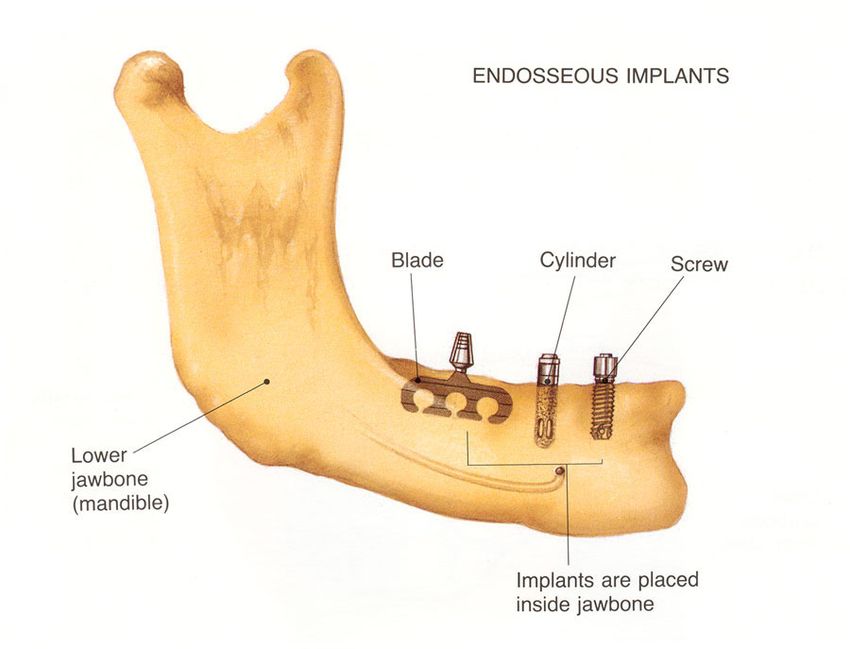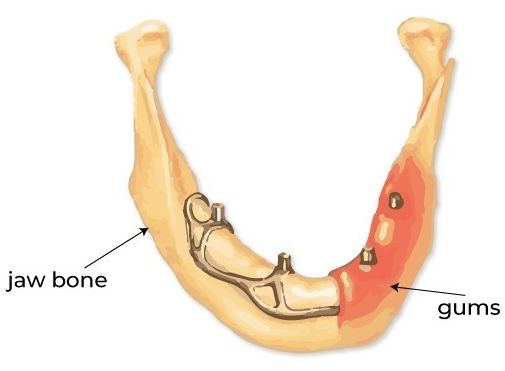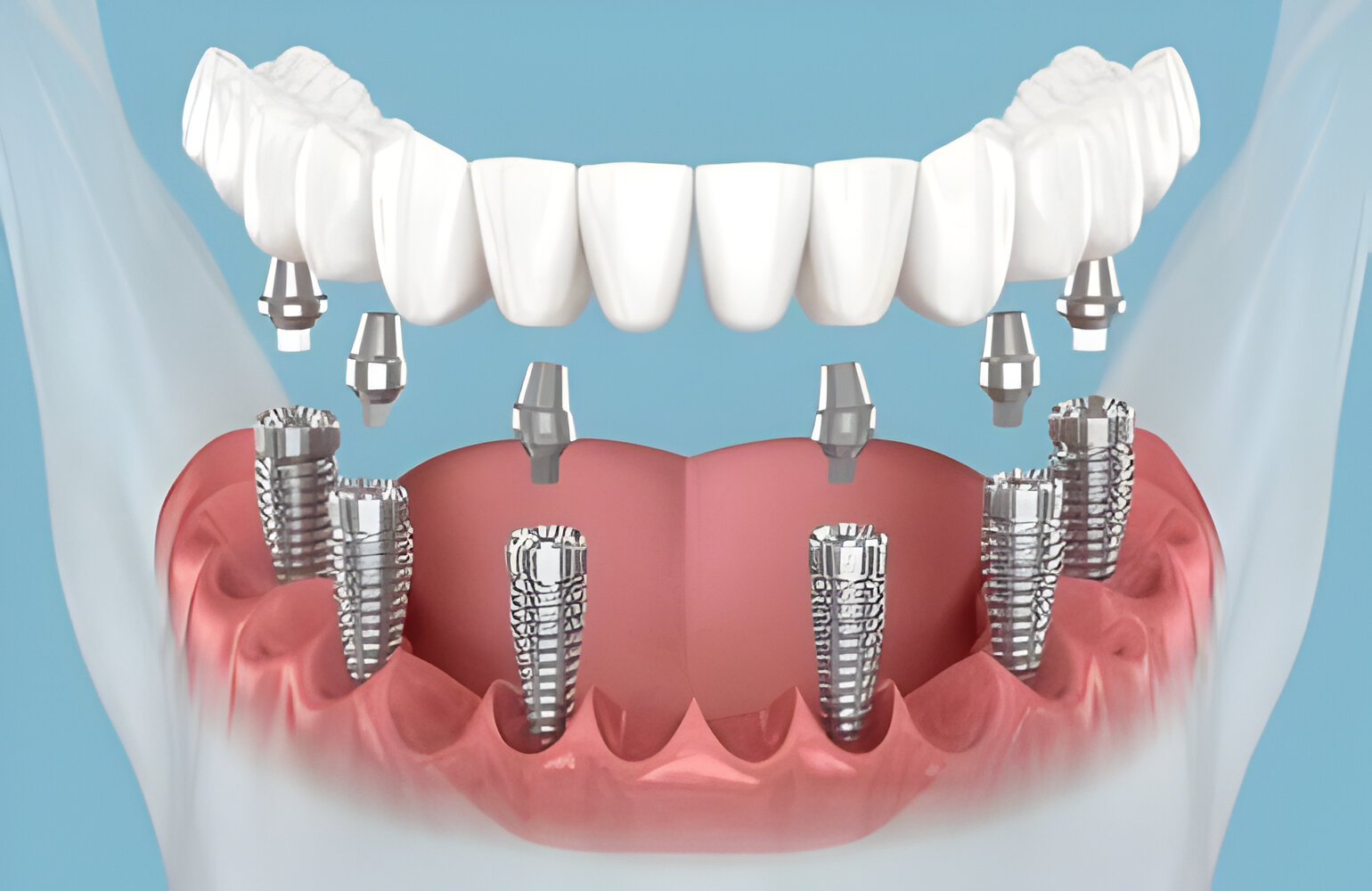 Types of Dental Implants
Types of Dental Implants
Typically, There are two different types of dental implants. Endosteal and Subperiosteal. Endosteal refers to an implant that is “in the bone,” and Subperiosteal refers to an implant that repose on top of the jawbone under the gum tissue. Subperiosteal implants are no longer in use today because of their poor long-term results in comparison to Endosteal dental implants.
While the primary work of dental implants is for teeth replacement, there are areas in which implants can help in other dental procedures. Due to their stability, dental implants can be used to support a removable denture and provide a more safe and cozy fit. In addition, for orthodontics procedures, dental mini-implants can act as temporary anchorage devices (TAD) to help move teeth to a desired position. These mini-implants are small and temporarily fixed to bone while assisting in anchorage for teeth movement. They are subsequently removed after their purpose has been served.
For patients who have lost all their teeth due to decay or gum disease of the upper and/or lower arch, an option is available to provide a very stable and comfortable prosthesis using a minimal number of implants. One such is example is the “All-On-4” technique that was named by implant manufacturer Nobel Biocare. This technique gets its name from the idea that four implants can be used to replace all teeth in a single arch (upper or lower). The implants are strategically placed in areas of good strong bone, and a thin denture prosthesis is screwed into place. The All-On-4 technique provides teeth replacement that is stable (not removable) and feels like natural teeth compared to the older method of traditional (removable) complete dentures. Without a doubt, implant dentistry has allowed for more treatment options to replace single and multiple missing teeth with long-term stability and contributes to improve
Endosteal Dental Implants
These dental implants are placed in the jawbone. Typically made of titanium and shaped like small screws, they are the most commonly used type of implant.
Endosteal dental implants are a common type of implant and are most often used in a two-stage dental implant procedure. They’re shaped like little screws and typically made of titanium. Surgery is performed to place the implant into your jawbone. Temporary teeth will be placed over the implant so you leave the dentist’s office with a beautiful smile.
Subperiosteal Dental Implants
These dental implants are placed under the gum but on, or above, the jawbone. This type of implant may be used in patients who do not have enough healthy natural jawbone and cannot, or do not want to, undergo a bone augmentation procedure to rebuild it.
Subperiosteal dental implants are made of a metal framework, instead of small screws. They are typically placed on top of your bone instead of directly into your jaw. Instead of the implant being placed down below your gums and being barely (if at all) visible, it’s exposed in order to hold your bridge or crown. This option is generally used for patients who don’t have a healthy jawbone and can’t or don’t want to have a bone grafting procedure done.





